DAY 1
Our first day in Amarillo was spent exploring the Sixth Street Historic District west of downtown Amarillo. The district, now listed on the National Register of Historic Places, provides an interesting collection of commercial buildings that were developed in response to the routing of US 66 through the heart of Amarillo.
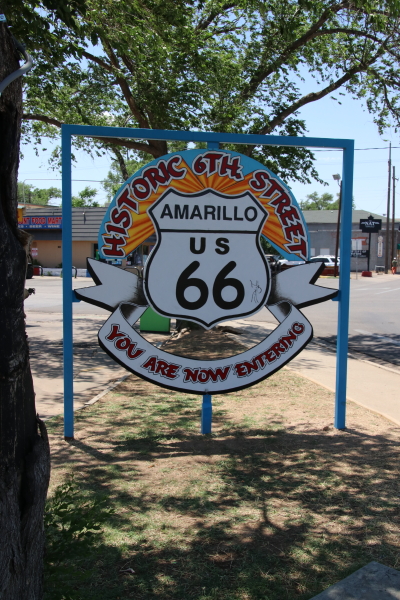
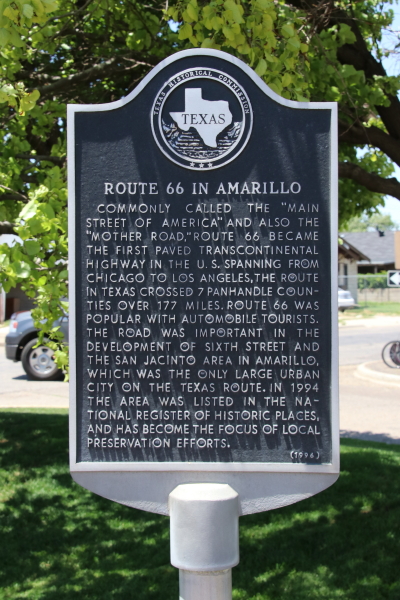
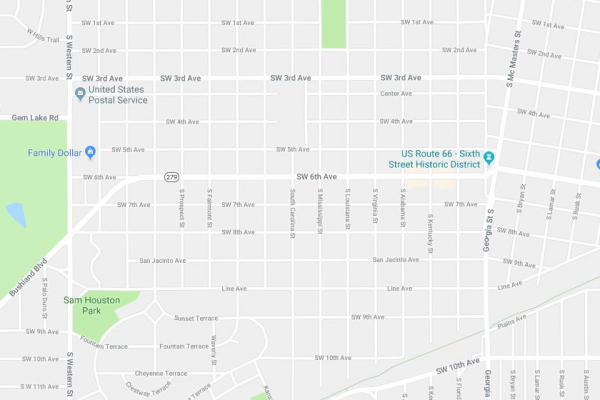
The 13 block stretch of SW 6th Street, about 1 ½ miles west of downtown, was originally developed in the early 1900’s as a streetcar suburb of Amarillo. Some of the protected buildings in the district date to the early 1920’s when SW 6th Street served as the commercial corridor for the new suburban San Jacinto neighborhood. But it was in the mid 1920’s that the commercial corridor blossomed. The route was to become part of Route 66 and it was paved with asphalt on a concrete foundation. The road brought traffic and visitors and more commercial development. Between the mid 20’s and into the late 30’s, the street saw a burgeoning growth of commercial buildings, many featuring elements of Spanish Revival, Art Deco, and Art Moderne design typical of the period.
Today, many of the buildings are occupied by a variety of restaurants, specialty stores, and antique shops. We spent the day working our way along the street, checking out the buildings wherever we could.
At the gateway to the Historic District is one of the more interesting buildings on the register. The Natatorium was originally built in 1922 as an indoor swimming pool. The building was designed in a somewhat gothic revival style with some novelty to the facades. The larger pool building was designed to replicate a medieval castle with an inset arched entryway and ornamental parapets at the corners. The second entrance to the building, around the corner, sort of an annex to the larger building, was designed with a nautical theme, looking more like a ship with lifeboat-like elements near the roofline.
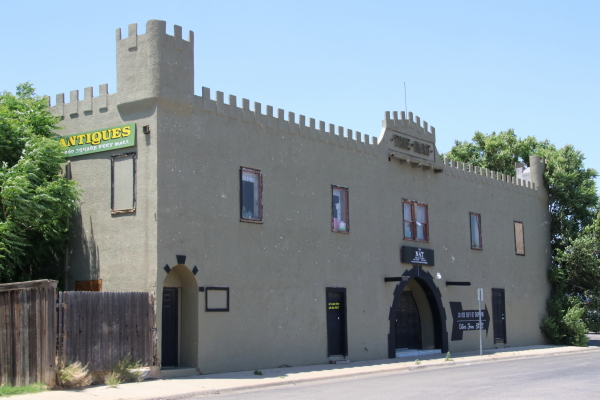
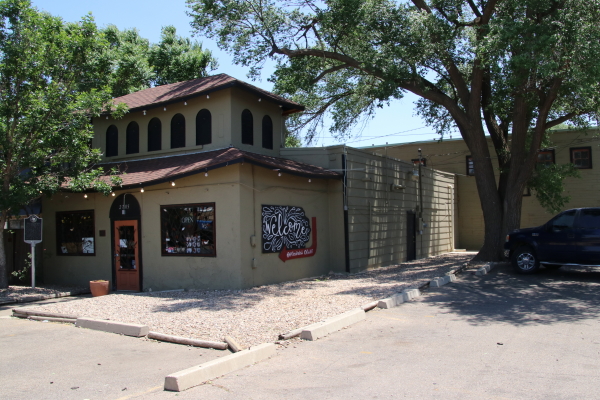
The Nat didn’t last long as an indoor swimming pool. In 1926, the building was converted to a ballroom. The interior was redesigned and embellished in an art deco style and the pool was covered with a polished wood floor to provide a stage and dance floor on the first floor. Because the new ballroom was conveniently located on Route 66, it quickly became a popular stopping point for acts traveling across the country. It was also a natural draw for travelers staying over in Amarillo.
The ballroom was active into the 1960’s and played host to many name acts including Tommy Dorsey, Louis Armstrong, Benny Goodman, Roy Orbinson, Buddy Holly, and Duke Ellington.
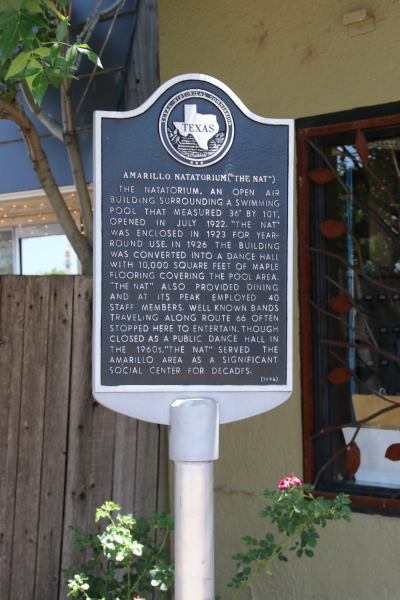
Just down the block from the Natatorium, we explored the Bussey Buildings, a collection of brick storefronts built in the late 1920’s. These were some of the first commercial buildings to grace the new US 66 highway making its way through the heart of Amarillo. Today, the stores are active with a collection of antique shops, small art stores and specialty boutiques catering to Route 66 aficionados.
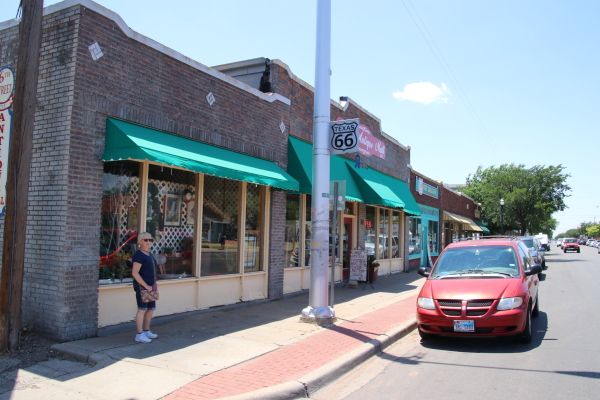
Just another block further, we found an older commercial building from when the neighborhood was first started. The Cazzell Building, built in 1918, first served the neighborhood as a general store and post office. In 1922, W.E. Cazzell sold the small storefront and built a larger store across the street with lease space to take advantage of the coming highway route. The smaller storefront is still in use as a small restaurant.
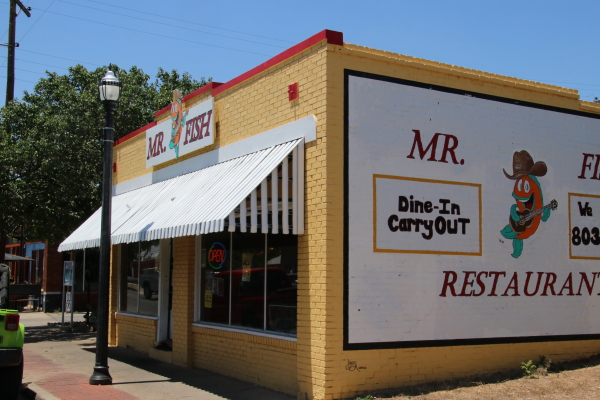
In about the middle of the 13 block stretch we found a quaint little commercial building built in an art moderne style with large oval plate glass windows, curved corners, and a rounded awning on three sides. The building was originally built in 1941 as a Borden’s Heap-O-Cream, a small restaurant /café specializing in selling Borden’s dairy products, including ice cream treats. Currently unoccupied, this small shop looked to be an interesting opportunity for some TLC and refurbishing.
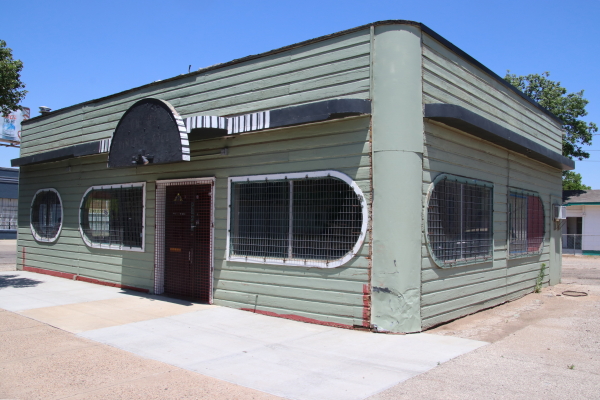
Traveling Route 66 through any town or city is not complete without finding several gas stations from several eras. Amarillo was no different.
One of the first gas station buildings we found was the Addison Baker Tire Company building. The service station was built in 1939 primarily as a tire store with two service bays. The design, however, included room for gas pumps with a canopy cover where Texaco branded gas was sold.
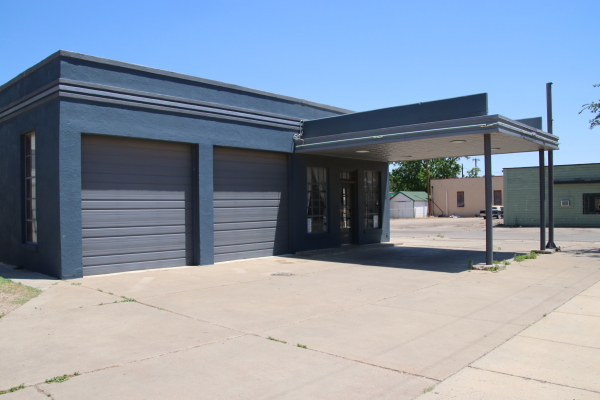
What was interesting is that the tire store was the second Texaco station in about four blocks on this stretch of Route 66. The first Texaco station, built in 1937, is still clad in white porcelain and is very similar in design used by the tire store just two years later. When it was first built, the classic design of this station and the red star motif of the parent company provided instant recognition for motorists in search of Texaco products.
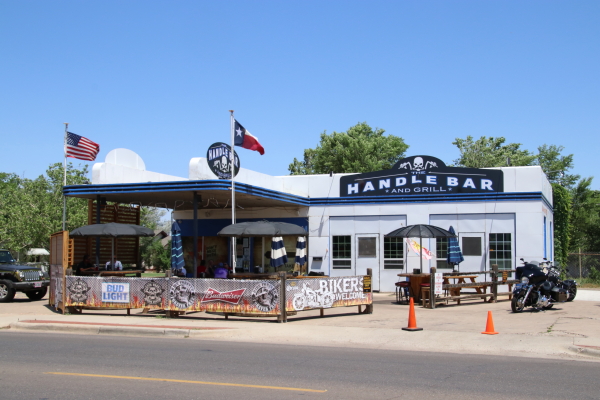
Just across the street from the Texaco station there is a similar gas station (two bays and a covered canopy), likely built in the same mid 30’s time frame. Understanding competition, it was not unusual to see one gas station built and then another on the opposite side of the street looking to make it easy for the motorist to pull in without having to turn left!
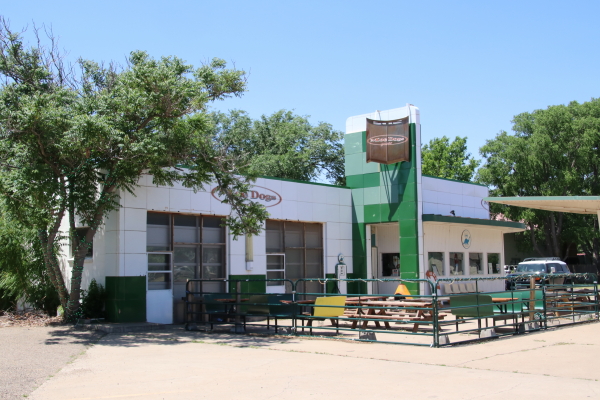
Today, the two former gas stations are now repurposed as restaurant/bars, still competing but with a different product.
In the blocks between the gas stations, we found the more impressive Caroline Building, built in 1926 using a Spanish Revival architectural style. The building is a great example of early period strip commercial buildings in Amarillo along the newly designated US 66. According to records, original tenants were an auto paint firm, a barbershop, a beauty parlor, and a drugstore. The property has been nicely restored and is well kept up and tenants are a variety of specialty shops.
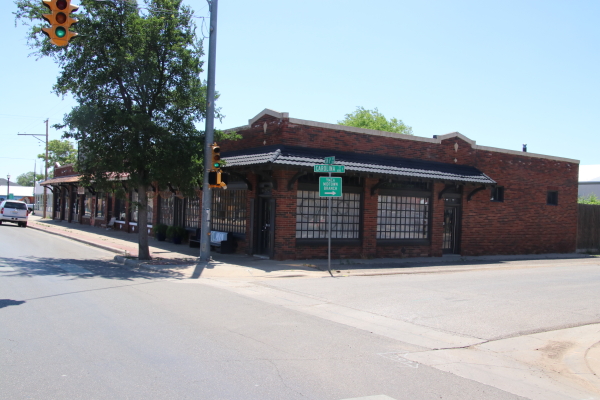
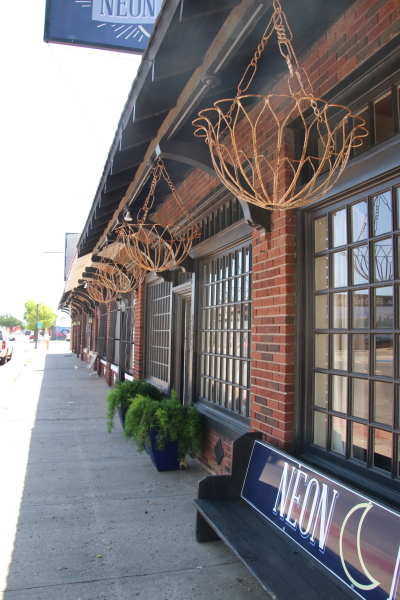
Finally, near the end of the historical district, we found the San Jacinto Methodist Church, built in 1926 to service the residents of the early suburban neighborhood.
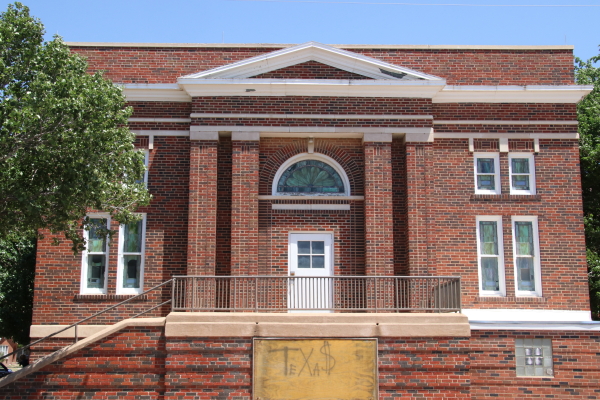
The church has a bit of a Greek revival architecture, very balanced on its south side entrance with a pillar supported transom entrance flanked by matching narrow stained-glass windows. The original steps, which led out to 6th Street, were reconfigured to lead to the door from an adjacent side street when Route 66 was widened in 1942.
After spending the better part of the day walking around the historical district, we decided to stop for a late lunch at one of the many restaurants in the neighborhood. The one that caught our eye (and hungry bellies!) was Smokey Joes BBQ.
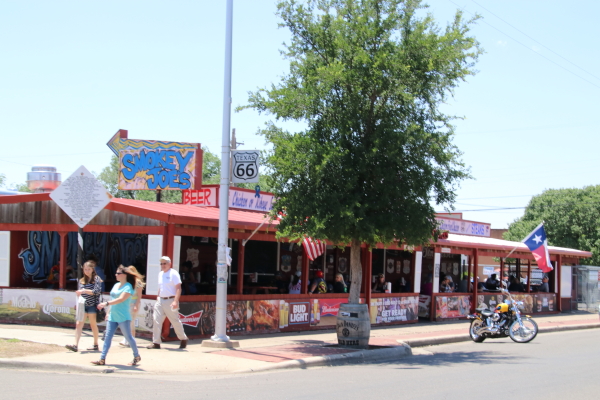
It was nice to get off our feet and enjoy some good food (and cold beers!) before we headed back to our hotel for some down time.
DAY 2
After breakfast our second day in Amarillo, we headed south on the Interstate out of town. Although our destination was a stitching store in Lubbock about 125 miles away, we also planned a side trip stop at Palo Duro Canyon, a Texas State Park about eight miles off the Interstate about 20 miles south of Amarillo.
We had seen some brochures advertising Palo Duro Canyon at our hotel and it looked like it could be an interesting stop with an opportunity to do a little hiking and exploring. Ultimately, the park was a great find, an economical introduction to the Indian and ranching history of Texas in a rich, beautiful canyon.
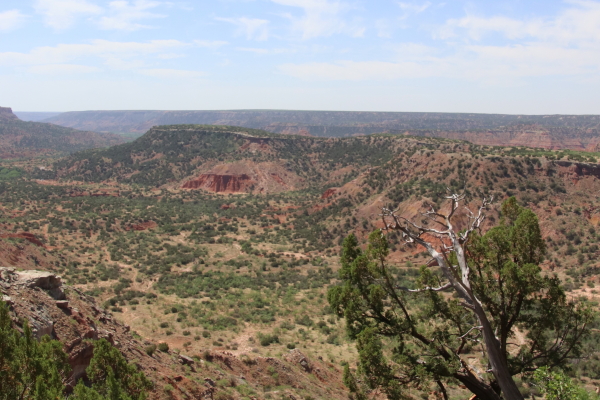
At just over 16,000 acres and including access to the second largest canyon in the United States, the park was a bargain stop at $5 a person for admission. The entire canyon is roughly 120 miles long and has an average width of 6 miles but reaches a width of 20 miles at some places. Its depth is about 820 feet but reaches as much as 1000 feet in some places. Palo Duro is often called the Grand Canyon of Texas.
The land for the park was deeded over to the state of Texas in 1933 and the Civilian Conservation Corps spent the next four years developing the park amenities, including a road down to the canyon floor, some very impressive park visitor centers, and some very nice hiking trails.
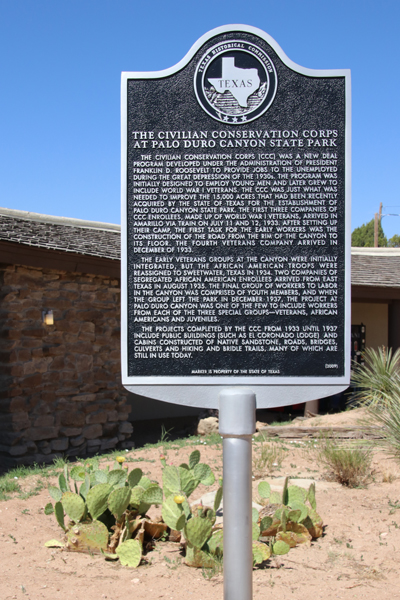
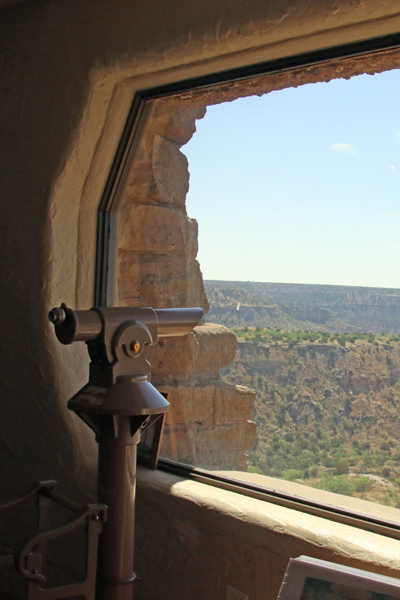
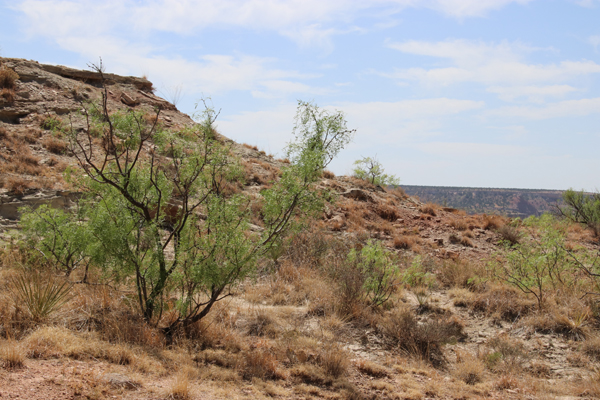
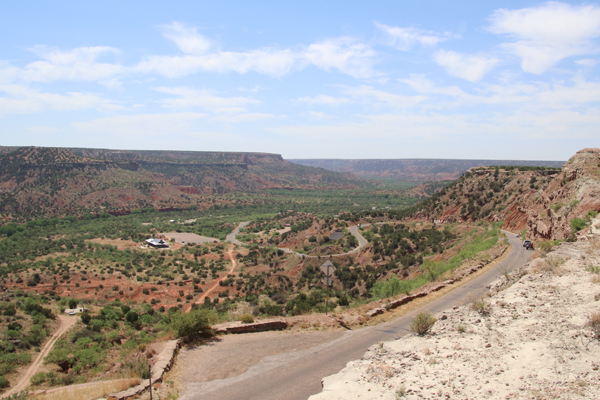
We did manage to get some hiking in despite the temperatures that were reaching towards 100F.
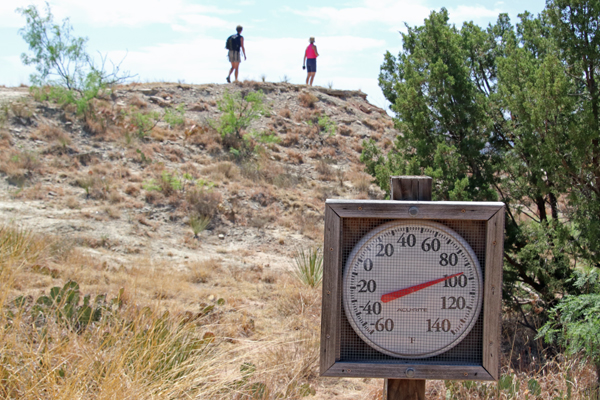
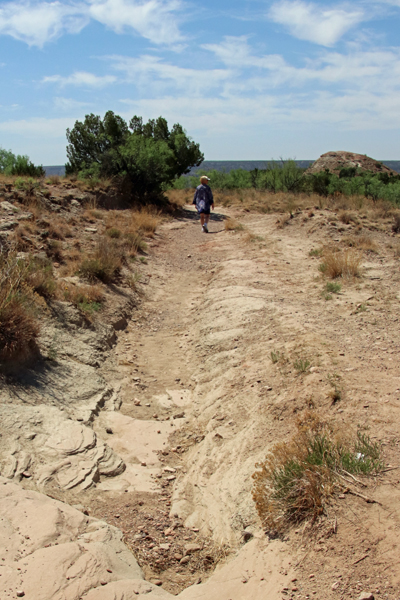
At the floor of the canyon, closer to the river, it was a bit cooler and we even had a chance to see some native wildlife.
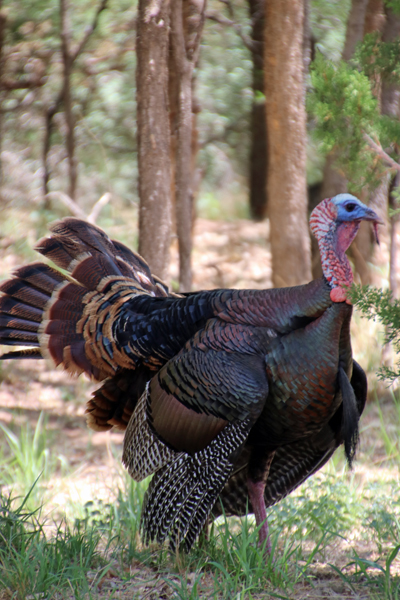
Overall, Palo Duro Canyon provided a nice side trip on our run down Route 66.
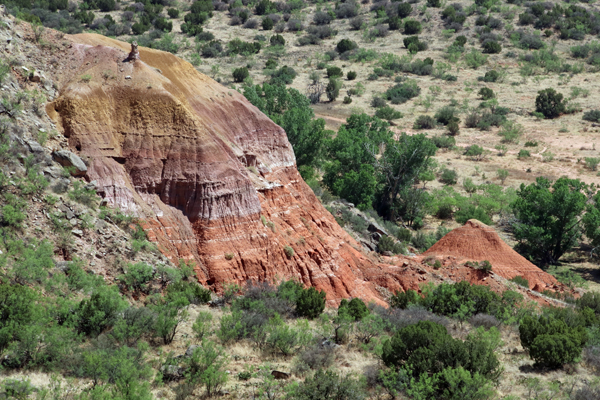
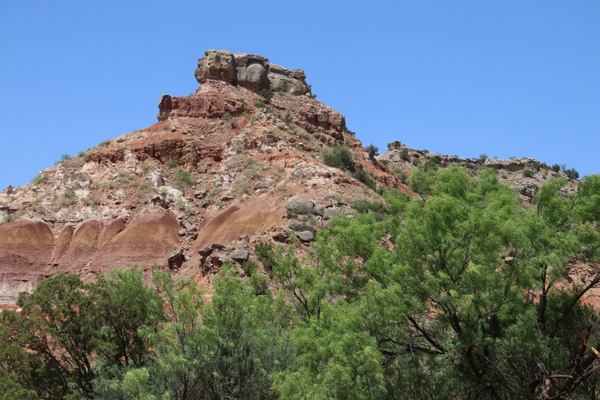
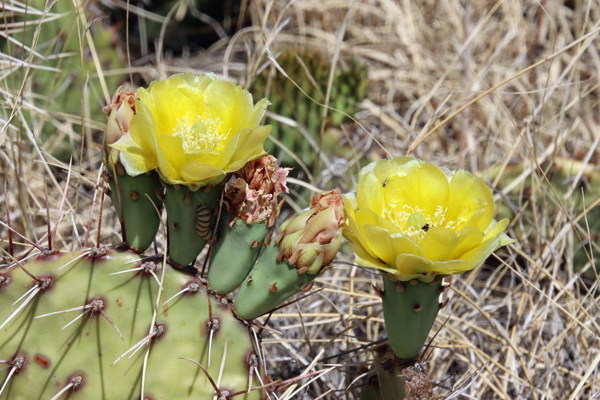
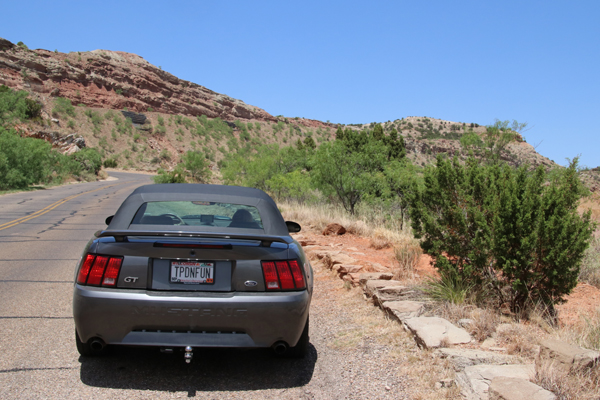
After spending the better part of the morning Palo Duro Canyon, we struck out for Lubbock and the stitching store. As we sped towards Lubbock on I27, we saw the Texas scenery we were more used to.
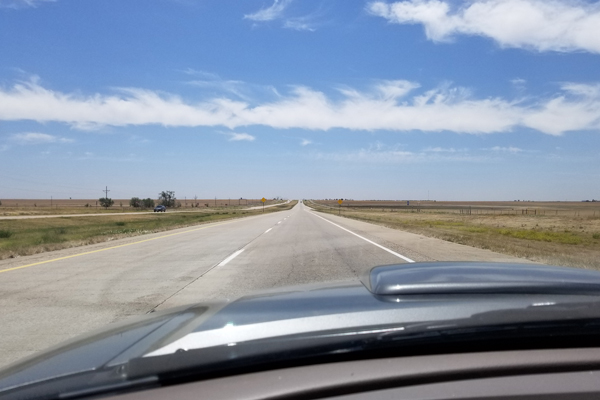
We got back to Amarillo late in the day and ventured out to enjoy the building restoration efforts downtown one last time before enjoying dinner after our long day.
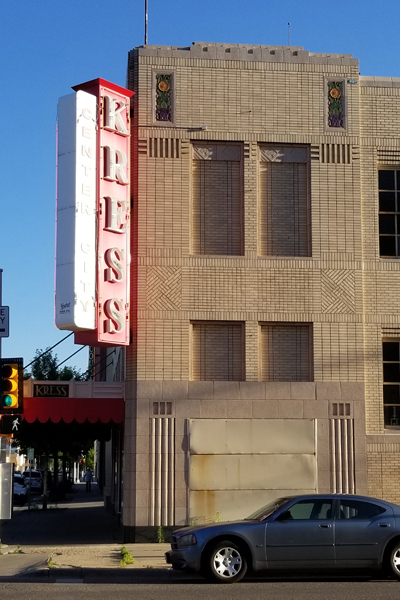
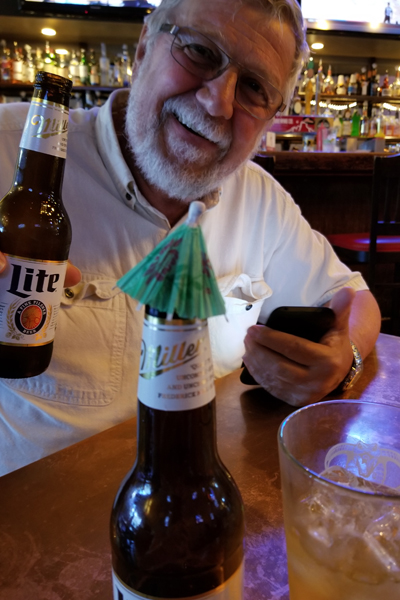
After dinner, we went back to our hotel to pack and rest before heading west on the next leg of Route 66.
